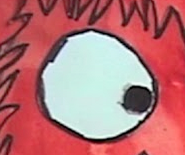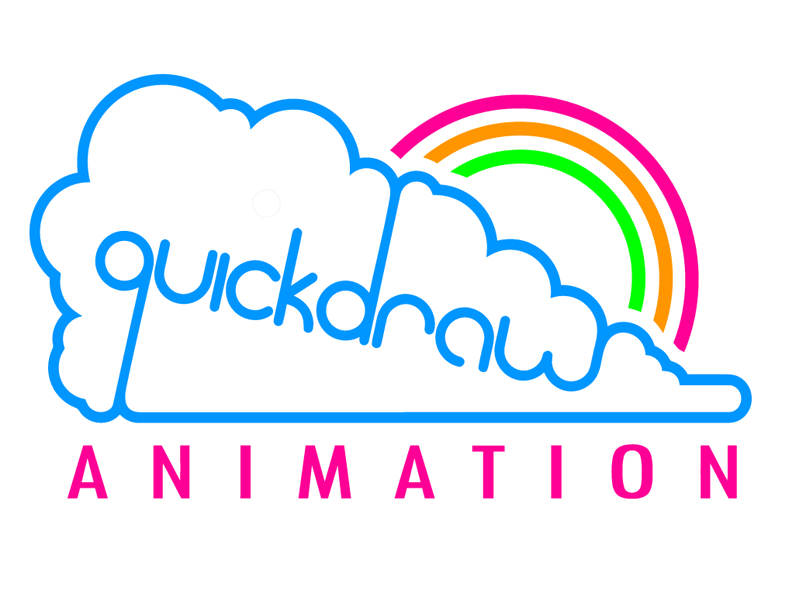Our Process

What Is Animation?
Animation is a type of film made by capturing multiple images to create the illusion of movement. Most classic Disney films are animation as are most cartoons. If you think of Cinderella, the style is much different from that of the Bum family. The way that Cinderella or similar films were created was by drawing the similar images onto multiple pages of a pad of paper with only a small change. After so many photos have been taken the small movements will get bigger until it looks like Cinderella is actually gliding across the floor with the prince. Classic animation is 24 frames per second which means that every 24 pictures make 1 second of film. The Bum Familly shoots with half as many shots per second (12 fps). Instead of drawing out each image every time a movement is made, The Bum Family makes cut out, stop-motion animation. We draw the pictures beforehand and cut them out so we can reuse the same artwork and simply move it over top of the backgrounds allowing us the satisfaction of animation along with the laziness of childhood.
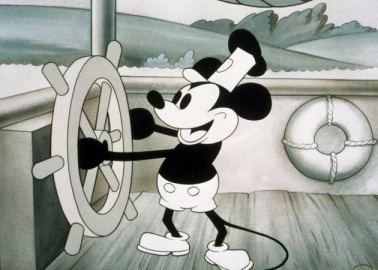
Animation Lockdown
Every May long weekend, intrepid teams of animators take over the Quickdraw studios to hang out, get sloppy, eat food, watch cartoons, and make their own brand-new animations! Form a team or come by yourself, work with pals or find a new friend! You’ve got 48 hours to make a cool new film. QAS provides work space, animation equipment, software, computers, on-site technical assistance, emotional support – and enough FOOD and CAFFEINE and SUGAR to keep you thriving over the weekend!
The Bum Family Has been making films at the Lockdown since 2011. The staff has seen a lot going on at the Bum Family Studios. From Cafés to Farmlands and everything in between. Quite often the telltale sign of movement is the clicking of a scooter coming down the hallway. It is not uncommon to see a Time-Out Tent set up and a chart on the wall marking the meltdowns of the day. Without Quickdraw Animation, nothing would be possible.
STEP
1
We start off by brainstorming new concepts and ideas for the next film. we draw our inspiration from life experiences, other medias and previous, unproduced scripts. We riff and spit out ideas and a rough timeline for a potential film as Mom #1 writes them all down. As we plan we sketch and tend to wander off topic. After we feel as though we’ve worked enough we might take a break to jump on the trampoline or play with pets. After the meeting, Mom #1 goes in and cuts all of the fragmented thoughts into a functional script that we look over next time.
STEP
2
When we get together we take turns to read the script out loud. As we go we make comments on the script about what we could change to make it better and if anything needs to get cut out (even though most of the time nothing does get cut at this stage). Then we plan out how we could do a scene, what angles we could use, music that would bring it to life or the colours that would be most prominent. If someone or a group has a clear idea of what it could look like they call dibs on it. We section off every scene so that everyone has something to work on.
STEP
3
After all of the sections of the film have been assigned we get started on the artwork. Bennett and Bert storyboard* some of the scenes and everyone sketches what they think an angle should look like. Starting on backgrounds and working forwards, the basic outline of the area is drawn out. Then furniture is scaled and drawn on separate pieces of paper. Next characters are measured to be sure they fit the scene and everything is cut out. The very last step is painting. Since we have so many different pieces of paper being used and we slightly care about continuity we paint everything last so that they are all the same colour. We paint with watercolour paint and colour matching is one of our weak points.
*A storyboard is a comic strip in the form of sketches displayed in sequence to pre-visualize a film.
STEP
4
After we divide up the artwork we also choose who will do which voice. We go to our Editors studio to record all the voices on the script. Since any little noise is picked up on the microphone we all have to wait outside. We use the opportunity to work on more artwork and storyboarding. We have to say the same lines over and over so that we have lots of variety as well as good takes. The smallest little noise can make one take useless. We want our sound to be as good as possible. A bad visual with bad sound is a lot easier to watch than a good visual with bad sound.
STEP
5
After all of the voices and artwork has been finished and the script is ready to go The Bum Family waits for QAS’ Lockdown to take place. On the Friday night, we all go to plan out their weekend habitat. We bring all of the artwork, scripts, scooters, tents, extra snacks, whiteboards and other random junk with us. We set up our gear with help from the AMAZING QAS team. With our artwork in place and turf steaked, we head home to try and get some sleep like little kids on Christmas Eve. The next day is the most intense part of the whole process.
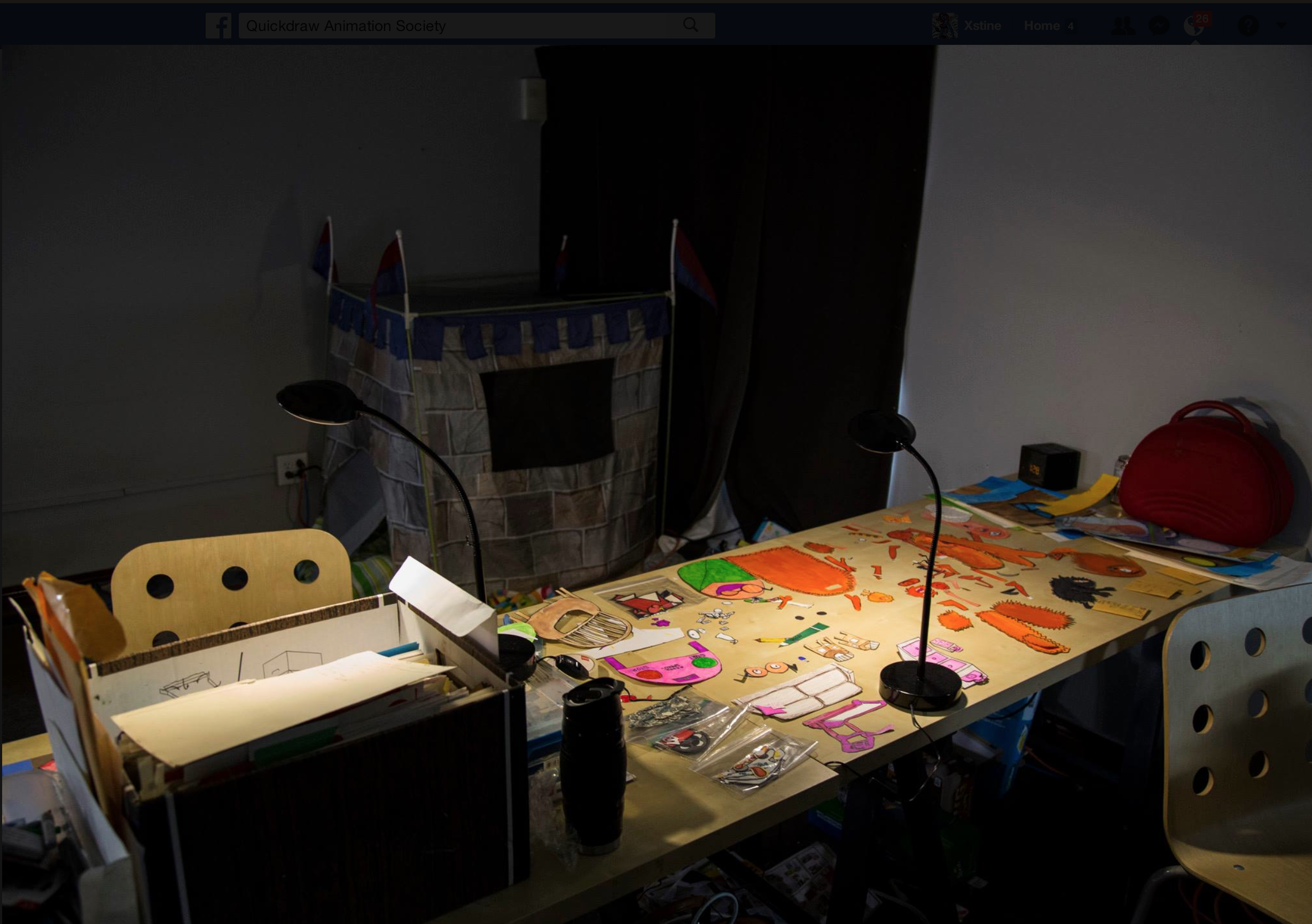
STEP
6
Saturday marks the start of a weekend-long race against the clock for the sort of, mostly dedicated Bum Family. Starting at the top of the script each team works on a scene. We animate, try to lip-sync and eat plenty of snacks. When we finish a scene, we save it, cross it off the master and start on the next one. Sounds boring? It’s not, we are supposed to just work straight, but we make many trips between our workstation, the snack table, the park and just lying on the floor.
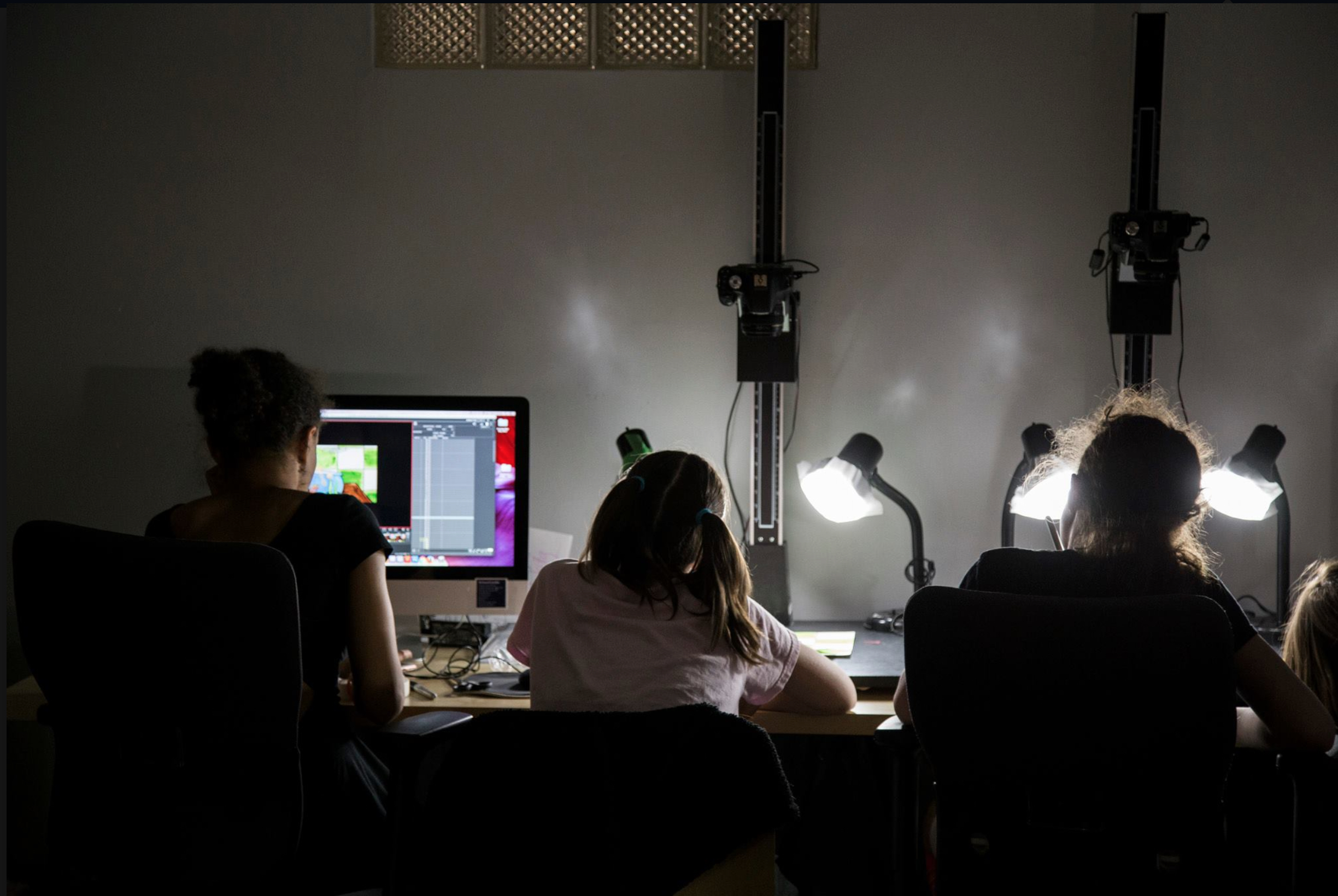
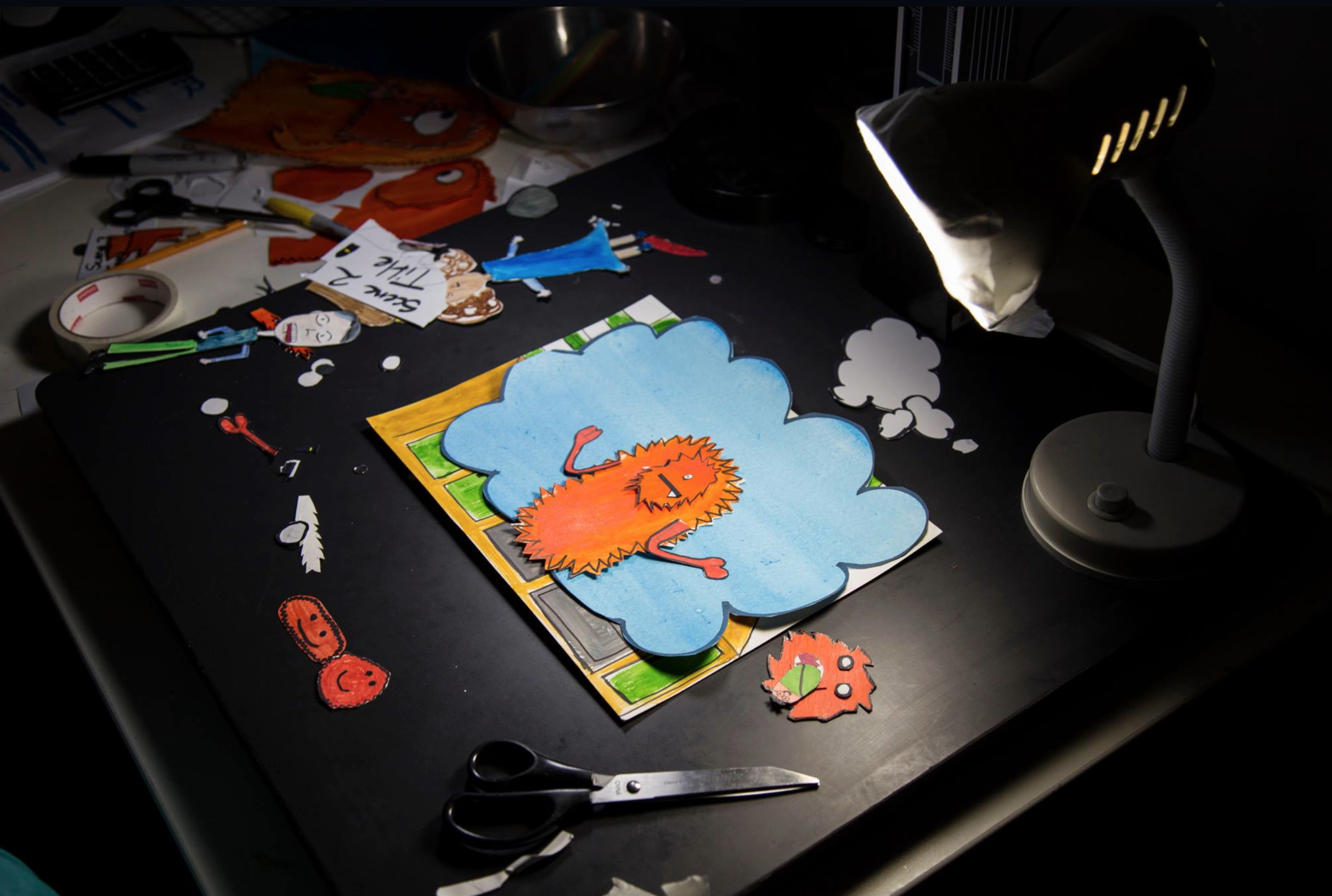
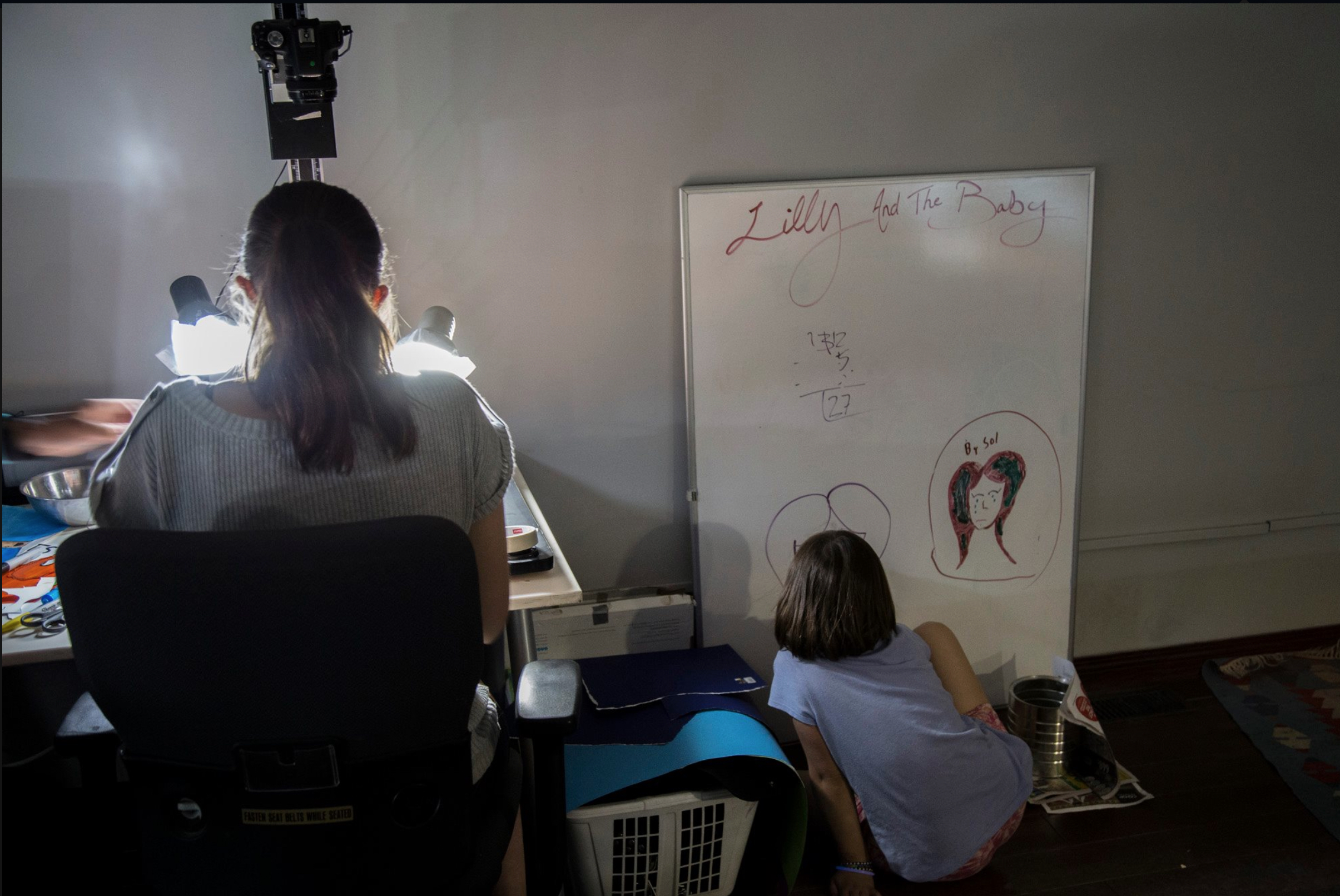
STEP
6 1/2
There is a tent set up in a corner of the room deemed the timeout tent. When someone crashes from their sugar high they take a trip to the tent where they have time to cool off. Bennett and Bert keep a running tally of how many meltdowns there are over the weekend. The average is around 40 meltdowns over two and a half days between six kids. By Sunday night all of the animation should be finished allowing Mom #1 and Bennett to edit for Monday morning.
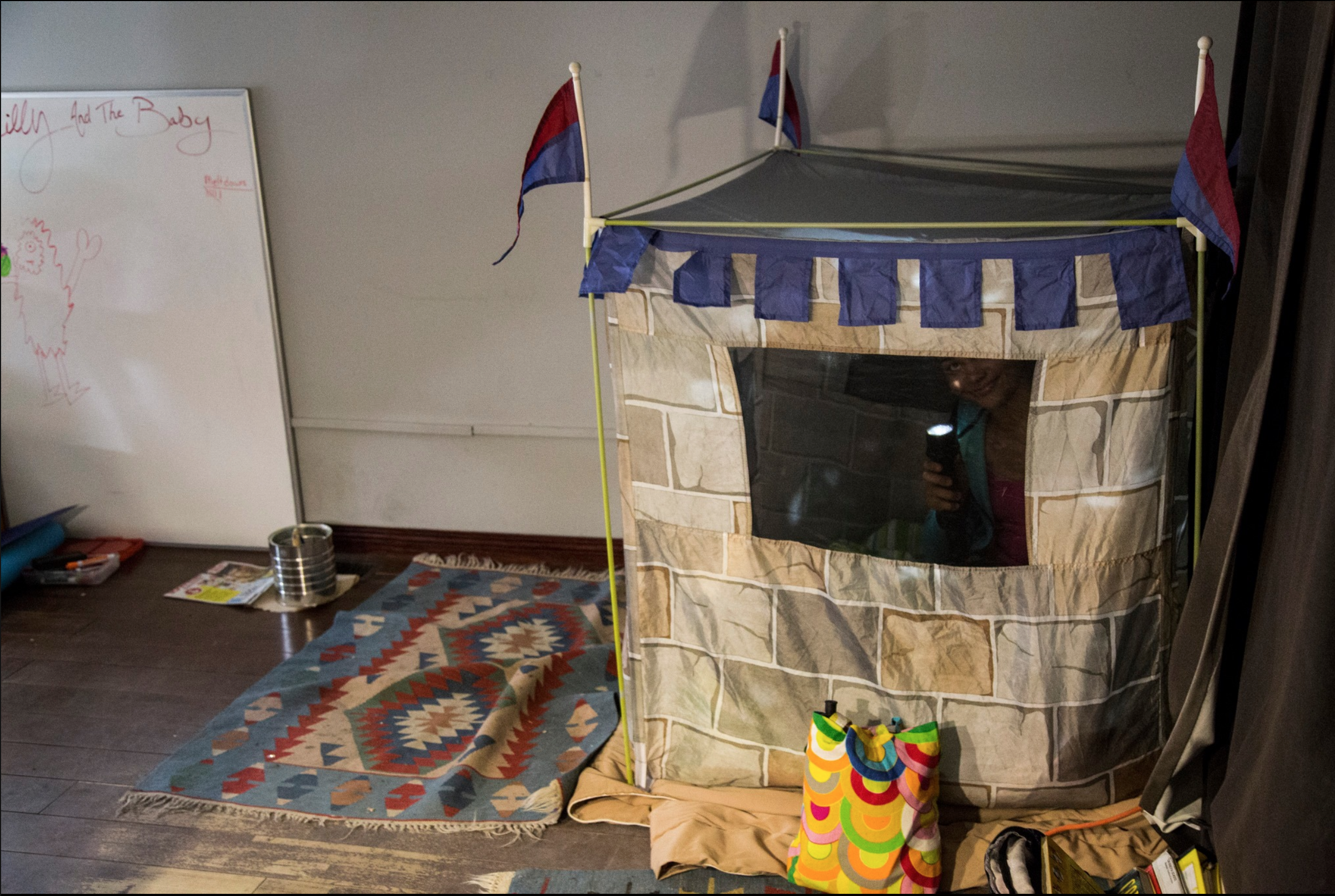
STEP
7
In past years Mom #1 did the first, and roughest edit so that the film would be ready to be submitted at the end of the lockdown but this past year Bennett took over. Together they stayed up all night to make the first rough cut. Editing is a rough and tedious process. Our editor, Neil Evenson does the good cut after the lockdown is done and gone. We would be lost without him. After a long night, they call it in at around four in the morning and sleep until the rest of the Bum Family returns. Together we watch the first rough edit and do any last minute changes or animation. We finish and finalize the film, submit it and wait until the first screening the week after.
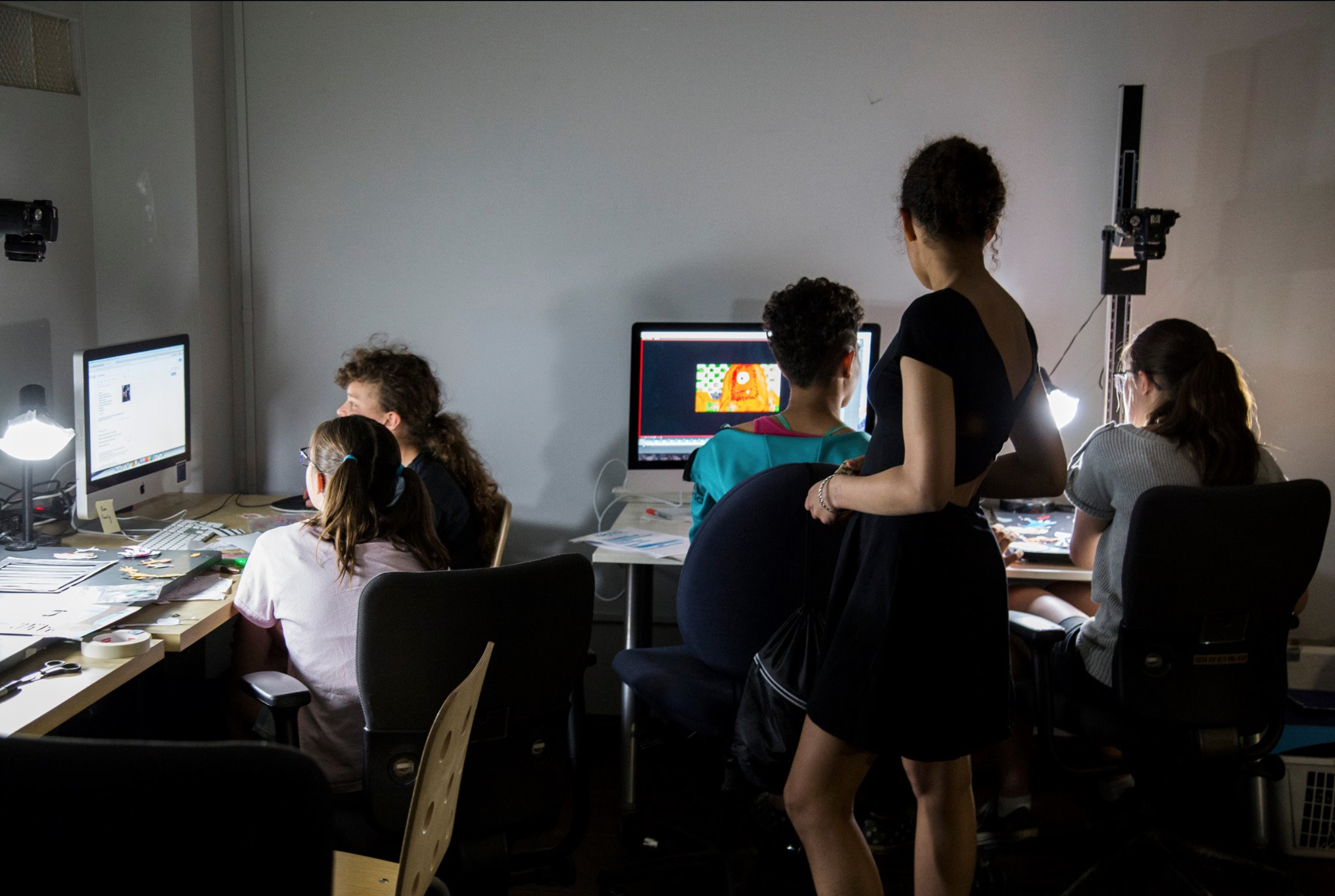
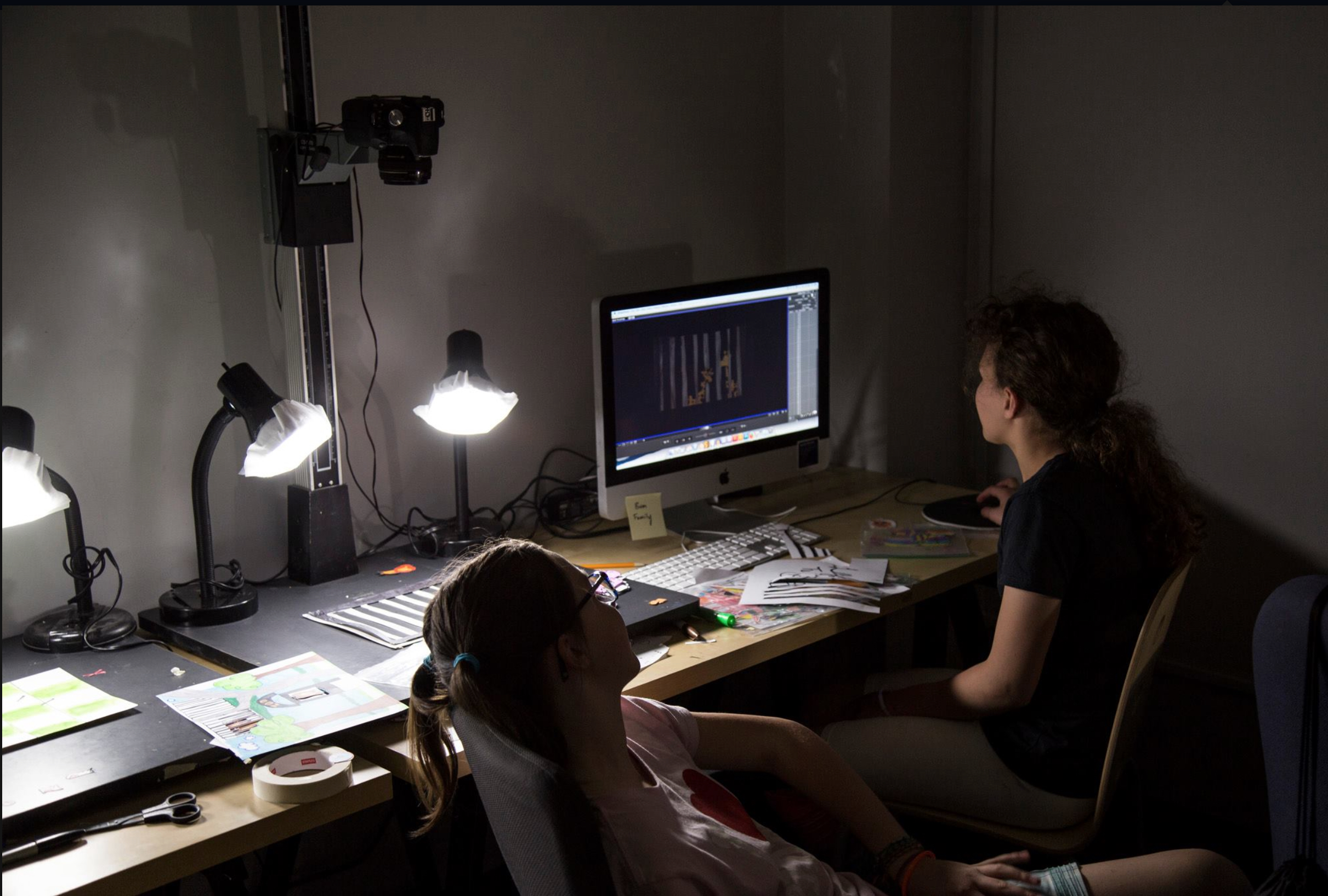
STEP
8
We tear down camp on the Monday and take everything home. We sweep and clean up our area so that it is ready to use for the workshops and classes that go on and QAS. We go home and do all the homework that has been neglected due to the demands of filmmaking. We excitedly await the very first screening of our new film as the reactions are signs as to if the jokes are reading properly or the timing is off.
STEP
9
At the screening, we pay careful attention to the audience’s reactions. As they are very important signs as to…Naw, just kidding. We watch our movie and cackle away at the jokes we’ve made and the stories attached to every scene. Moms #1 & 2 listen to see how the audience reacts but as the kids, we just have our fun. We watch the rest of the short films, enjoying them as much as we can. Short filmmakers are a special breed of people as our sense of humour is quite dark and twisted. Some strange things come on screen but it’s all the joy of the community. Neil is sent the film and script along with details that he should fix. Eventually, the film gets to a good point and Mom #1 sends it off to festivals and we wait for acceptance.
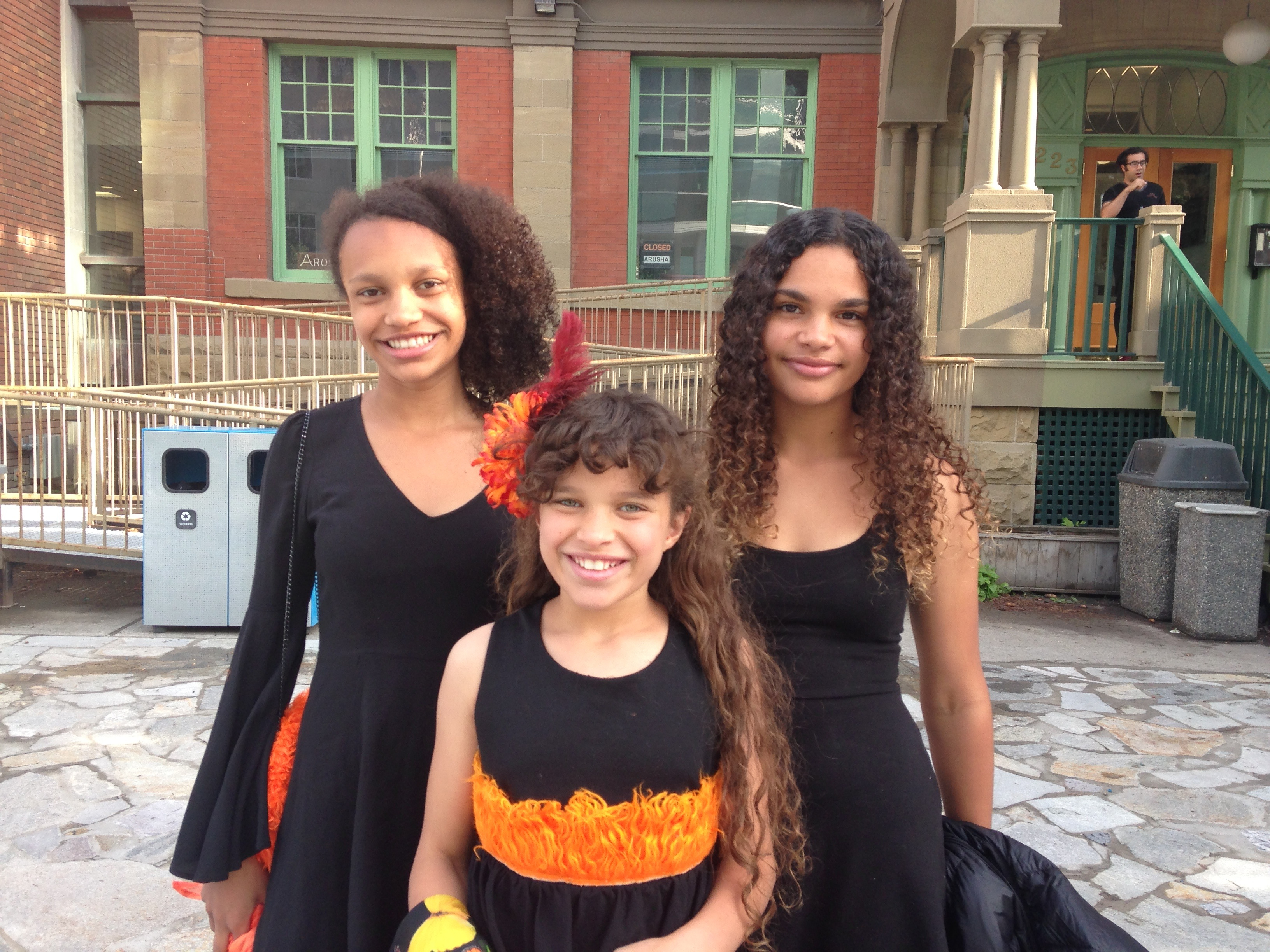
STEP
10
Once we’ve been accepted to Festivals we either go to the screenings, depending on where they are, or we send in a video if we are asked to do so. Our films screen all over the place and we haven’t quite realized what an amazing opportunity we have to make these films. We have as much fun as we can, and answer as many questions as we can. Once enough time has passed and we rejuvenate ourselves, we start over again.
